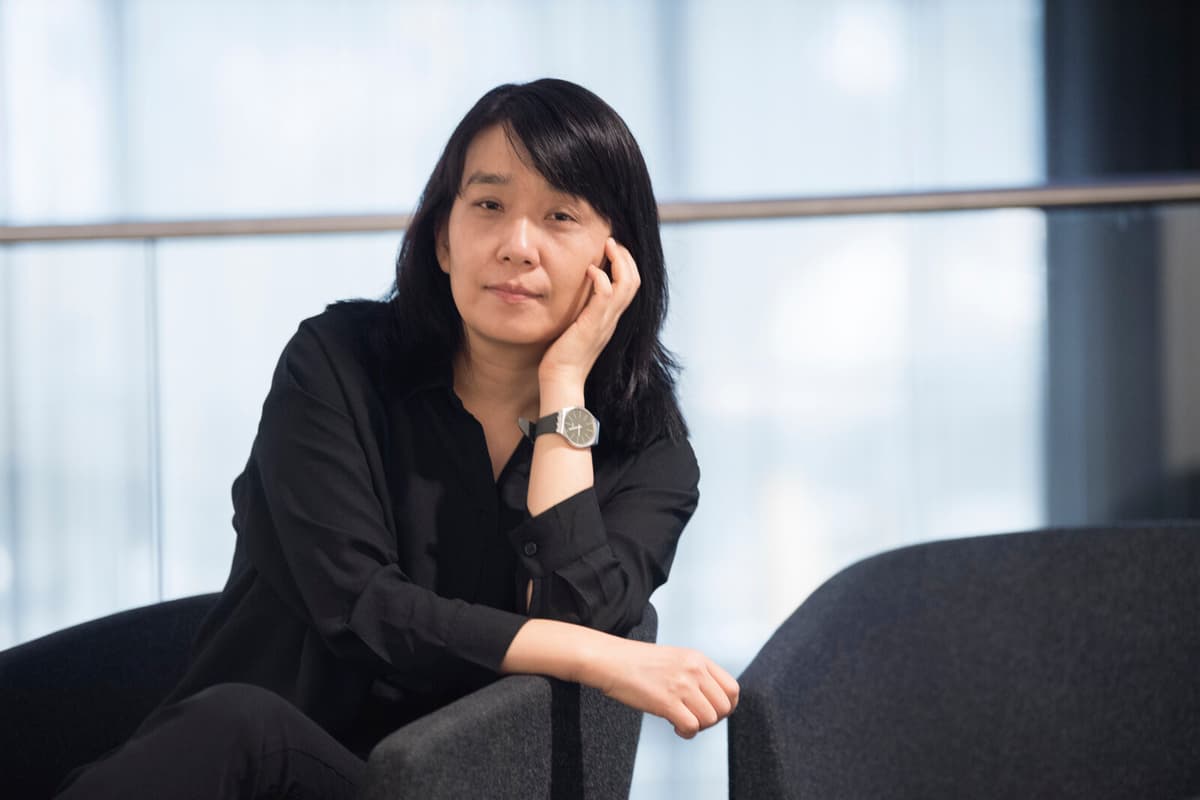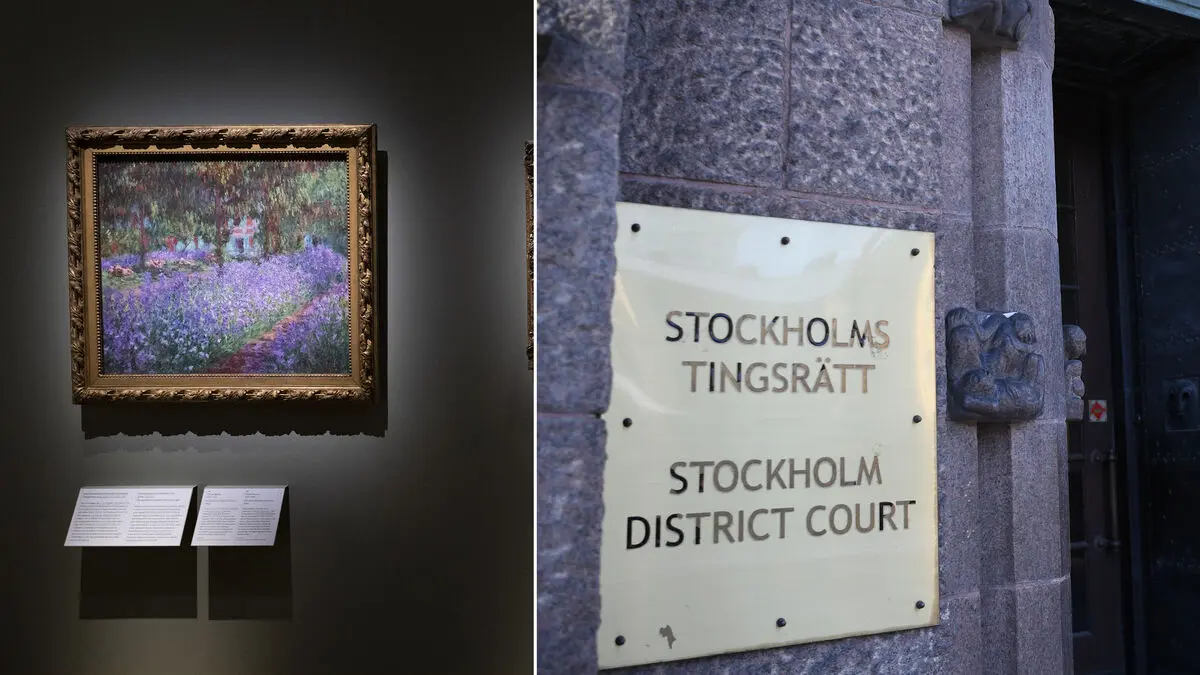Can the Swedish concept of "white" be understood in the sense of race, she wonders a little anxiously. The question feels absurd to those who have read her book, and the Swedish publisher's designer has also worked hard to ensure that the title does not give the wrong signals in any way.
The South Korean cover depicts a misty landscape in black and white with a lighter streak in the middle. Han Kang points to the light.
It's "hin", she says after explaining that Korean has two different words for "white".
One for the color itself and the other, "hin", which encompasses feelings of sorrow, fate, life, and death. A dawn can be "hin", she exemplifies. Her book is the same.
A large company
Four young women, all from the South Korean delegation, accompany her to the interview room at the Book Fair in Gothenburg. But when Han Kang, together with her translator, received the international Booker Prize for the novel "The Vegetarian" just three years ago, there was a lack of congratulations from the then-president, Park Geun-Hye.
The reason was the novel "Living and Dead" which had just been published in her home country and deals with a South Korean trauma, the Kwangju massacre in 1980 when the military crushed a peaceful protest against the government's martial law. Hundreds of people, many of them young, died. It wasn't until 1996 that the demonstration was recognized as the democratic movement it was, not a rebellion, Han Kang explains.
But people still bring up Kwangju as an example of unrest, no one was punished for it.
More than the event itself
Han Kang is far from the only South Korean author to depict the massacre, but when she wrote, she wanted it to be about more than a single historical event. Based on documentary sources, she portrayed the violence but also the goodness and capacity for self-sacrifice that emerged in Kwangju.
I think the book is about human nature, that makes it more universal, what does it mean to be human? I saw something universal in Kwangju.
She did the same during a residency in Warsaw. In "The White Book", Han Kang weaves seemingly simple reflections on life and death from things like curtain tassels, frost, and dawn light.
Less concrete
The book is largely autobiographical. In retrospect, it appears that she knew from the beginning that it would be based on the story of her sister, her parents' firstborn, who died just a few hours old, a sorrow that her family has always carried with them, but initially, she was less concrete.
I started writing about white things, I was also seeking to be healed. But when I started writing, I realized that it doesn't make sense, the only thing we can do is to embrace life, I felt that it wouldn't be ethical to be healed, I shouldn't be, I should just embrace life, and maybe this book is just that process.
She wrote "The White Book" mainly in Warsaw, where her Polish translator took her to a museum of World War II. Han Kang stopped at the pictures of the American forces' arrival in the city.
It looked like the city was covered in snow, but I realized that it was completely destroyed. I understood that this city, where I was, had been rebuilt and started thinking about how it would have been if my sister had survived.
A kind of prayer
Han Kang walked around Warsaw, trying to see the city through her sister's eyes, a process that she, despite not being religious, experienced as a kind of prayer.
Maybe that's why people, when they read the book, are confronted with their own memories. These encounters with ourselves are very special and mystical.
"Don't die, please, don't die" is what Han Kang's mother says to the firstborn who will only live for a few hours, a sentence that, Han Kang discovered much later, was also in "Living and Dead".
Maybe it's the most important sentence in my life.





